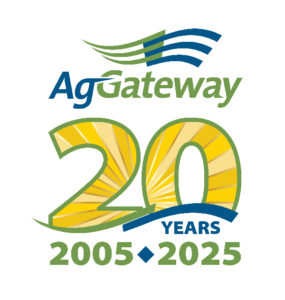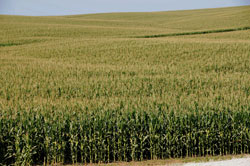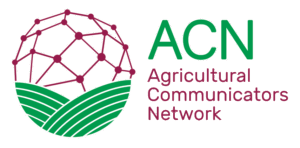 After two years of work, AgGateway has released its revised White Paper on Data Ethics and Stewardship, accounting for the increasing reliance on data in agriculture that brings ethical, legal, and stewardship challenges.
After two years of work, AgGateway has released its revised White Paper on Data Ethics and Stewardship, accounting for the increasing reliance on data in agriculture that brings ethical, legal, and stewardship challenges.
“The substantial work and commitment of volunteer members and staff to update and improve this document has been staggering, and now we are at last ready to share it with the agriculture community at large,” says Jeremy Wilson, Executive Vice President/COO and North American Director for AgGateway.
Organization leaders are encouraged to review and use the white paper as a guide for current approaches to data ethics and stewardship. And, because this is intended to be a “living” document any suggestions for further revision or updates are welcomed.
Key themes in the report include: Data ethics by design, Understanding agricultural data, Standardization & interoperability, Ethical considerations, Stewardship challenges, Legal & regulatory compliance, and Best practices and frameworks.
The White Paper is available for download on the AgGateway website in either ANSI or A4 format as a pdf. Please direct any comments, concerns, or questions about the document to Ben Craker, Portfolio Manager, at ben.craker@aggateway.org.
Individuals interested in the White Paper can learn more by attending a 45-minute webinar on 28 August at 9:00 AM Chicago/16:00 Paris. More details and registration information are available on the Inside AgGateway Webinar home page.
Learn more about the new white paper in this interview with Jeremy Wilson:
AgGateway White Paper interview with Jeremy Wilson 9:32












